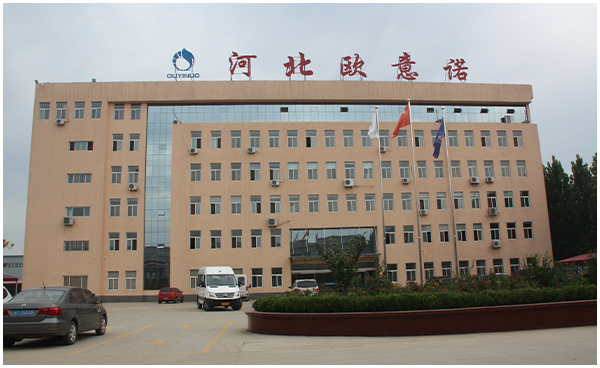
Nov . 12, 2024 17:15
Back to list
natural gas regulator
Understanding Natural Gas Regulators Essential Components for Safety and Efficiency
Natural gas is a vital energy source for millions of households and businesses worldwide. Its usage spans heating, cooking, and electricity generation, making it a cornerstone of modern life. However, to ensure the safety and efficiency of natural gas distribution, regulators play a crucial role. This article explores the function, types, and importance of natural gas regulators, and their impact on the energy industry.
At its core, a natural gas regulator is a device that controls the pressure of gas as it moves from high-pressure pipelines to lower-pressure delivery systems used in homes and businesses
. The primary function of a regulator is to maintain a stable outlet pressure, ensuring that the gas delivered to consumers meets their needs without risking overpressure situations that could lead to leaks, explosions, or equipment damage. Regulators are designed to respond to fluctuations in pressure from the supply side, adjusting automatically to deliver a consistent flow of gas.There are various types of natural gas regulators, each tailored to specific applications. The most common types include
1. Two-Stage Regulators Commonly used in residential and commercial applications, these regulators reduce high inlet pressure through a two-step process. The first stage lowers the pressure to an intermediate level, while the second stage further reduces it to the desired level for end-use applications. This configuration provides better control and stability compared to single-stage regulators.
2. Single-Stage Regulators These regulators are simpler and typically used in low-pressure systems where only minimal adjustments are required. They are commonly found in residential propane gas applications but can also be utilized in natural gas settings where fluctuations are negligible.
natural gas regulator

3. Backpressure Regulators These are used primarily in industrial settings. They maintain pressure in a gas system by adjusting the flow based on downstream demand. When the system pressure exceeds a certain threshold, excess gas is vented to maintain stability.
4. Relief Valves Though technically not regulators, these components work hand-in-hand with them. Relief valves serve as safety devices that automatically vent gas if the pressure rises above a predetermined level, preventing potential hazards.
The importance of natural gas regulators cannot be overstated. They are integral to maintaining the integrity of gas distribution systems. By ensuring that gas is delivered at safe pressures, regulators help prevent leaks that could endanger lives and property. Furthermore, they play a significant role in energy efficiency. Proper regulation of gas ensures that appliances operate effectively, reducing waste and lowering utility bills for consumers.
Regulators are also vital for environmental protection. By minimizing the chances of gas leaks, they help decrease the emission of methane, a potent greenhouse gas that contributes to climate change. With increasing scrutiny on environmental impacts, the role of regulators has become even more critical in achieving sustainability goals.
In conclusion, natural gas regulators are essential devices that ensure safe and efficient gas delivery to consumers. With different types available for various applications, they play a key role in enhancing the reliability of gas supply systems. As the demand for natural gas continues to grow, understanding and prioritizing the functionality of these regulators will be crucial for energy providers and consumers alike. Investing in innovative regulation technologies and maintenance practices will not only enhance safety but will also support a more sustainable future for energy consumption.
Next:
Latest news
-
Safety Valve Spring-Loaded Design Overpressure ProtectionNewsJul.25,2025
-
Precision Voltage Regulator AC5 Accuracy Grade PerformanceNewsJul.25,2025
-
Natural Gas Pressure Regulating Skid Industrial Pipeline ApplicationsNewsJul.25,2025
-
Natural Gas Filter Stainless Steel Mesh Element DesignNewsJul.25,2025
-
Gas Pressure Regulator Valve Direct-Acting Spring-Loaded DesignNewsJul.25,2025
-
Decompression Equipment Multi-Stage Heat Exchange System DesignNewsJul.25,2025

